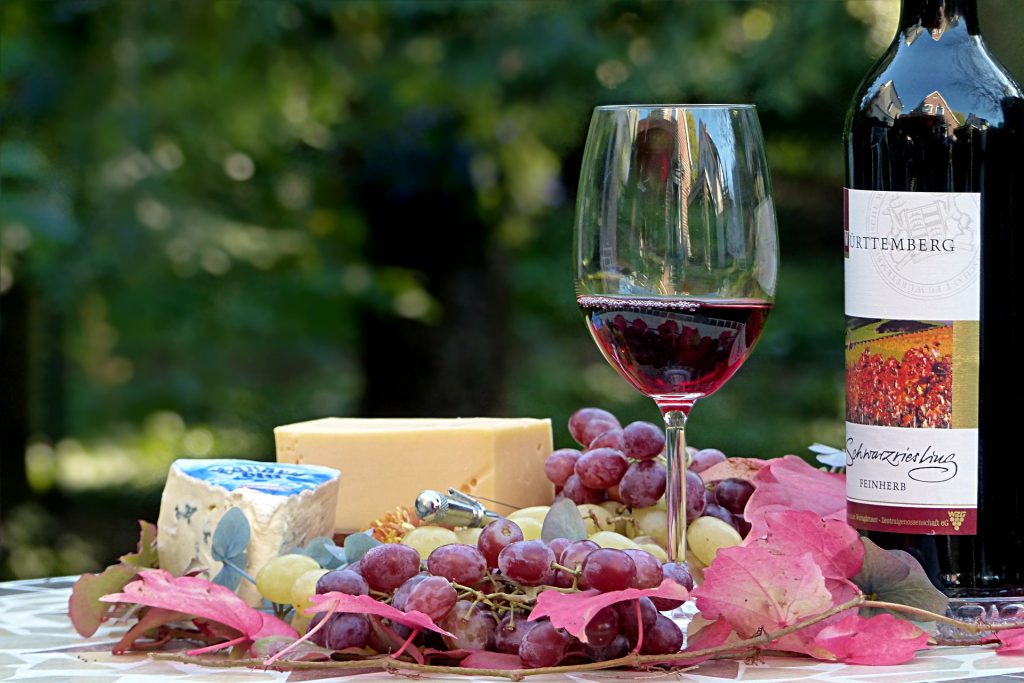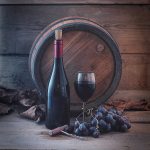Introduction
Winemaking is both an art and a science, involving a deep understanding of the biological processes that transform grapes into wine. Various techniques and technologies are employed throughout the winemaking process to ensure the production of high-quality red wine. This article delves into the scientific aspects of winemaking, highlighting key techniques that contribute to the final product.
1. Grapes and Terroir
The foundation of any great wine lies in the grapes and the terroir from which they come:
- Terroir: Terroir refers to the unique environmental conditions of a vineyard, including soil composition, climate, and topography. These factors influence the flavor and character of the grapes. Understanding terroir is crucial for winemakers, as it determines which grape varieties will thrive in a particular region.
- Grape Selection: The choice of grape variety is vital. Each grape has distinct characteristics that affect the wine’s flavor profile, acidity, and tannin structure. Winemakers often select grape clones that are best suited to their specific terroir.
2. Fermentation Techniques
Fermentation is a critical step in the winemaking process, where sugars in the grape juice are converted into alcohol:
- Yeast Selection: The type of yeast used can significantly impact the wine’s flavor. Winemakers may use wild yeasts found naturally on grape skins or cultured yeasts that are selected for specific flavor profiles. Each choice can lead to different aromatic and taste characteristics in the finished wine.
- Temperature Control: Controlling fermentation temperature is essential for preserving delicate aromas and flavors. Cooler temperatures tend to highlight fruity and floral notes, while warmer temperatures can enhance body and complexity. Winemakers often use temperature-controlled fermentation tanks to achieve optimal results.
3. Aging and Maturation
Aging is another critical aspect of winemaking that influences the final product:
- Barrel Aging: Many red wines are aged in oak barrels, which impart flavors such as vanilla, spice, and toast. The choice of oak (American vs. French) and the age of the barrel can affect how much flavor is extracted. New barrels impart more flavor, while older barrels contribute less.
- Micro-oxygenation: This technique involves introducing small amounts of oxygen to the wine during aging. It helps soften tannins, enhance flavor complexity, and stabilize color. Micro-oxygenation can be particularly beneficial for young wines that require additional structure.
4. Bottling and Preservation
The final steps in winemaking involve bottling and ensuring the wine’s longevity:
- Fining and Filtration: Before bottling, wines may undergo fining and filtration to clarify and stabilize them. Fining agents (such as egg whites or bentonite clay) are added to remove unwanted particles, while filtration helps achieve a clear product.
- Use of Sulfur Dioxide: Sulfur dioxide (SO2) is commonly added to wines to prevent oxidation and spoilage. It acts as an antioxidant and antimicrobial agent, helping to preserve the wine’s freshness and quality during storage.
Conclusion
The science of winemaking involves a blend of traditional practices and modern techniques. By understanding the biological processes at play and employing various methods to enhance flavor, aroma, and stability, winemakers can produce high-quality red wines that reflect the unique characteristics of their terroir. As the industry continues to evolve, ongoing research and innovation will further refine the art and science of winemaking.


